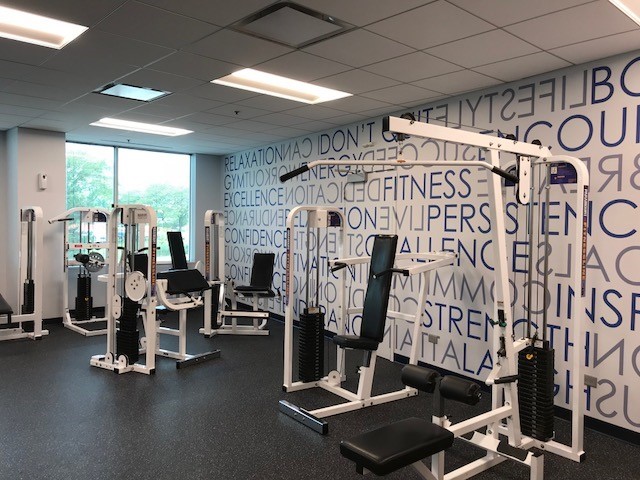Successfully managing a real estate investment is never as simple as x + y = z. There are countless variables and budgets to consider. It takes a similarly diverse and data-driven approach to determine where owners should deploy capital in order to reap the most benefit.
Through data-driven market trends and analytics, we develop a deep understanding of the importance of various office building amenities. We can then assign a value to each amenity and determine if tenant demand for those amenities is high enough to warrant the investment. Applying this formulaic approach to all potential capital improvements provides building owners with a surefire strategy to increase leasing momentum.
We used this value-driven method on a suburban portfolio property with large blocks of vacancy. The property needed new energy and life to stimulate leasing activity but ownership did not want to undertake a full-scale renovation. We had to identify upgrades that were relatively low cost but would still have a significant impact on the building’s desirability.
We analyzed office building amenities at nearby properties as well as those in surrounding markets. We wanted to stay ahead of the market, not simply follow trends and competitive properties. Through a combination of market knowledge, tenant surveys and market reports, we discovered that outdoor seating was the most highly desired amenity by office tenants. Properties with outdoor space see a spike in leasing and tenants see significant recruiting success.
To determine the right amenity package, we looked beyond the physical spaces to understand the tenant profile and tour strategy at the building. Through an in-depth analysis of demographic trends, under-represented businesses in the area and market data, we found that tenants want a property with a fitness center, outdoor seating and collaborative places to work.
We installed new outdoor seating and modular collaborative spaces. To stay within the ownership’s budget, we refreshed the existing fitness center rather than fully renovating it or replacing expensive exercise machines. We added colorful branding and new yoga mats, kettle bells and hand weights.

The results were astounding. Within one year of the upgrades, the leasing team had executed seven new leases, with four of those being more than 20,000 square feet. The building’s occupancy increased from 30% to 86% – all without significant capital investment by the ownership.
Transwestern implements this process for myriad other factors that influence leasing, such as marketing, tour strategy, workplace strategy, location analytics, and transaction strategy. The program’s success is rooted in its experts. It taps highly specialized real estate experts to create a comprehensive strategy. We call this technique The Lab, where we put every aspect of a building under the microscope.
Kate Cohen is the team leader for The Lab, a holistic approach to commercial real estate.
SEE ALSO:
- Renovation and Amenities: Keys to Building Value
- The Lab Drives Property Perception Through Analytics
- The Power of Place in Corporate Culture
RELATED TOPICS:
office leasing agency leasing landlord representation office leasing strategy office building repositioning commercial real estate real estate